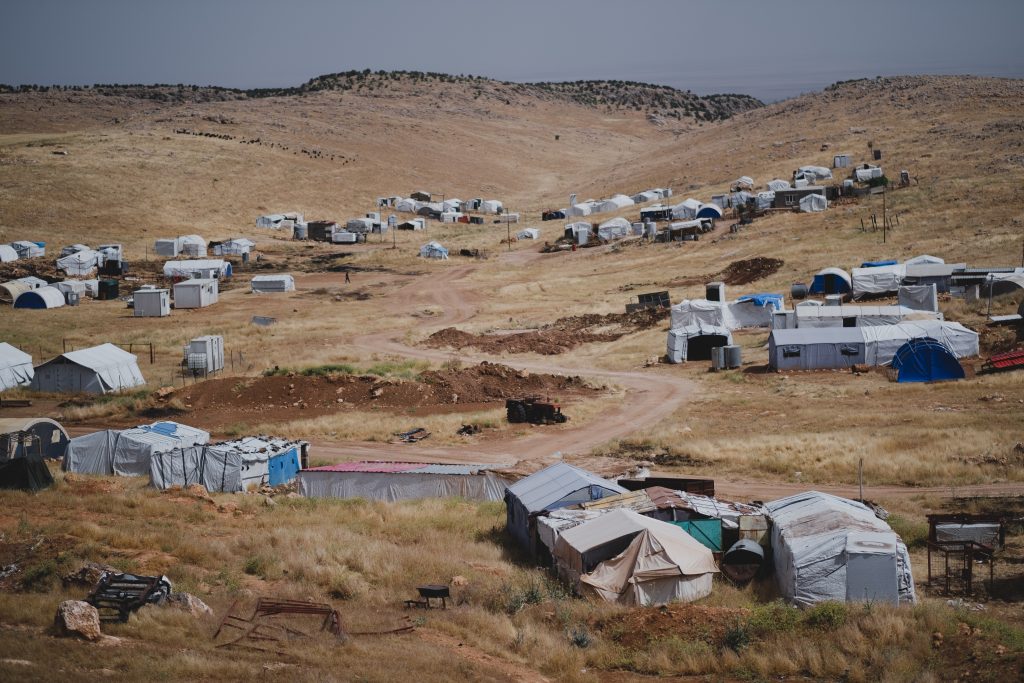Migration is a fact as ancient as human history. The first evidence of migration dates back to tens (if not more than a hundred) of thousands of years ago, when Homo Sapiens started to spread from Africa through Eurasia. In contemporary society migration represents a relevant and sensitive topic, because the magnitude of this phenomenon (in 2020 the number of international migrants reached 281 million) importantly affects society in many ways.
But who is a migrant? This word does not have a unique definition, but the International Organization for Migration describes a migrant as “a person who moves away from his or her place of usual residence, whether within a country or across an international border, temporarily or permanently, and for a variety of reasons”. The motives of migration can be summarized in four main categories: economic, social, political and environmental. Economic migrants move to find better study or job opportunities and improve their lifestyle, while the definition of social migrants refers to those who move to stay closer to their family or to a relative. Political migrants flee their country because of wars or political persecutions, and environmental migrants are forced to leave because of sudden or progressive changes to their local environment.
A subcategory of environmental migration is climate migration, and it refers to people who leave their country because the transformation of their local environment is caused by climate change. This group is becoming more and more relevant, and it will probably become a major issue that our society will have to face in the next decades and that is still not properly addressed. In fact, climate migrants belong to a grey zone that fails to ensure safety to these people. In order to better understand the issue we have to be aware of the difference between migrants and refugees: while the first word describes people who willingly expatriate, the second refers to those who are forced to leave and for whom denial of asylum has potentially deadly consequences. The 1951 United Nations Convention on the Status of Refugees outlined specific rights for refugees, who are often people fleeing armed conflict or persecution. Migrants, on the other way, must follow the national procedures for immigration, which can be long and complex, and they have no guarantees that they won’t be sent back to their home country. Climate migrants are not included in the 1951 Convention, but as the effects of climate change become harsher, more and more people flee their country in order to survive. An article of the New York Times reports the story of Jorge, a Guatemalan farmer, who left his country because he wasn’t able to feed his family anymore. Extreme weather events, which consisted in long droughts and sudden storms, made every meal uncertain and forced Jorge to choose between starvation, for him and his family, or departure.

The number of climate migrants is impressing: 318,7 million displacements were caused by natural disasters from 2008 until 2020, involving over 200 countries. If some of the people involved decide to stay in their home country and migrate internally, others are left with no other possibility than moving to another state. These extreme weather conditions directly hit in the form of natural disasters, but they can also indirectly affect the quality of life and the safety of a territory: food and water scarcity, for example, can generate violent conflicts or give space to criminality.
In its last report, IPCC highlights some of the effects of climate change that we might observe in the future, which include rising temperatures, more intense rainfall in some areas and droughts in others, sea level rising leading to coastal erosion, ocean acidification (which might endanger people who rely on the oceans ecosystem for survival). Of course, the intensity of these events will highly depend on the environmental policies that countries will adopt in the immediate future. Still, climate change is happening right now, many people need support in immediate times and even more will need it in the future (also in countries that are not affected by natural disaster right now). Migration is not only a matter of altruism: it’s a phenomenon that heavily affects society in economic, social and political ways, and it is all countries’ responsibility to address this issue. For these reasons it is necessary to raise awareness about this matter among the broader public and to ask for international cooperation and initiatives.

People displacement caused by natural disasters. Data source: Global Internal Displacement Database | IDMC (internal-displacement.org)
Cover image by Levi Meir Clancy on Unsplash.



